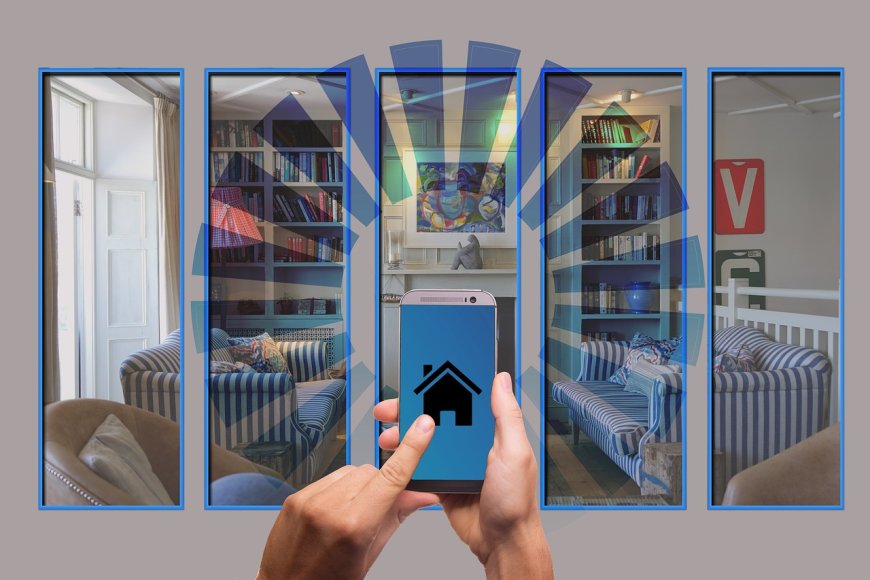Smart Home Technology in 2025: Trends Enhancing Daily Life
In 2025, smart home technology has evolved from a novelty to an integral part of daily life, offering enhanced convenience, efficiency, and personalization.

In 2025, smart home technology has evolved from a novelty to an integral part of daily life, offering enhanced convenience, efficiency, and personalization. The latest advancements are not only redefining how we interact with our living spaces but also setting new standards for comfort and sustainability.
Voice Control and AI Integration
Voice control has become a cornerstone of smart home systems, providing users with hands-free operation of various devices. The integration of advanced AI assistants, such as Google's Gemini, extends this functionality across multiple platforms, including Wear OS 6 smartwatches, Android Auto, and smart TVs. This expansion ensures a seamless and cohesive user experience, allowing for more intuitive interactions with smart home ecosystems.
Enhanced Home Security
Security remains a top priority for homeowners, and smart home technology in 2025 addresses this with sophisticated solutions. AI-powered security systems offer real-time monitoring and threat detection, providing peace of mind. Smart locks, like Schlage's Sense Pro deadbolt, have evolved to include features such as Matter support and ultra-wideband digital keys, eliminating the need for traditional keys and enhancing security protocols.
Energy Efficiency and Sustainability
The push for energy efficiency is evident in the adoption of smart home batteries, which store energy for use during peak hours or outages, reducing reliance on the grid. These systems not only offer cost savings but also contribute to a more sustainable lifestyle. Additionally, smart thermostats and lighting systems adapt to user behavior, optimizing energy consumption without sacrificing comfort.
Advanced Home Entertainment
Entertainment systems have seen significant upgrades, with smart TVs incorporating AI to adapt to user preferences and environmental conditions. Samsung's Vision AI technology exemplifies this trend, transforming televisions into interactive hubs that respond to user behavior and ambient changes, enhancing the viewing experience.
Innovative Smart Appliances
Smart appliances have become more accessible and feature-rich. For instance, smart toilets in Australia now offer functionalities like self-cleaning, adjustable settings, and user sensors, reflecting a trend towards integrating wellness and technology in everyday fixtures.
User-Friendly Control Interfaces
Control interfaces have evolved to be more intuitive and responsive. Brilliant's second-generation smart home control panels, for example, boast higher resolution screens and improved processing power, facilitating smoother interactions with connected devices. These panels support integrations with popular smart home products, streamlining the management of various systems within the home.
Conclusion
The smart home technology landscape in 2025 is characterized by increased integration, user-centric design, and a focus on sustainability. As these technologies continue to mature, they promise to further enhance daily living by providing more personalized, efficient, and secure home environments.
What's Your Reaction?
 Like
0
Like
0
 Dislike
0
Dislike
0
 Love
0
Love
0
 Funny
0
Funny
0
 Angry
0
Angry
0
 Sad
0
Sad
0
 Wow
0
Wow
0
















![Why Is My Mobile Phone Slowing Down? [Explained]](https://techgo.pro/uploads/images/202505/image_140x98_681e1fd4ea7d7.jpg)




